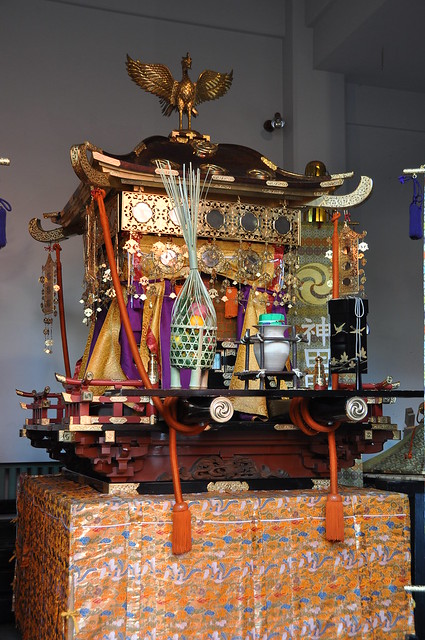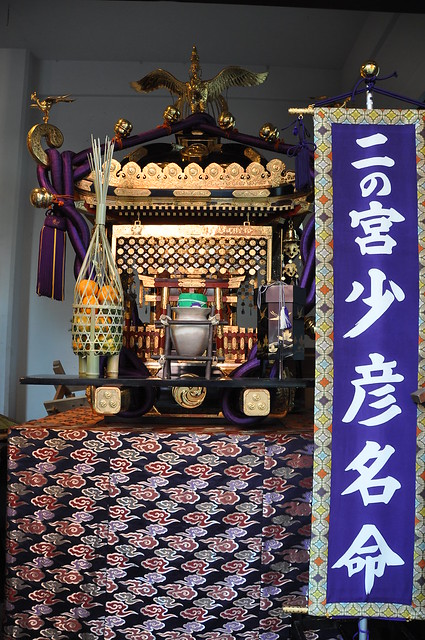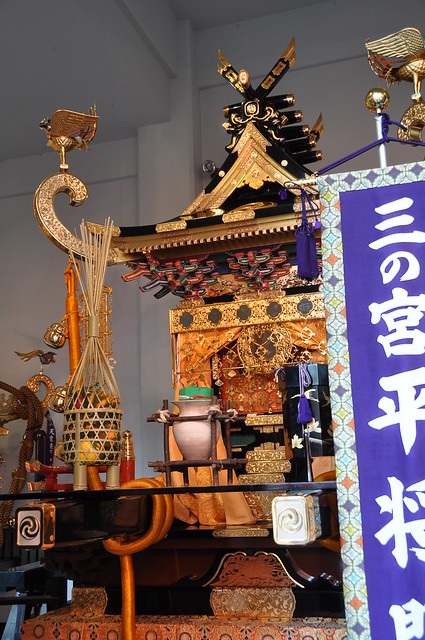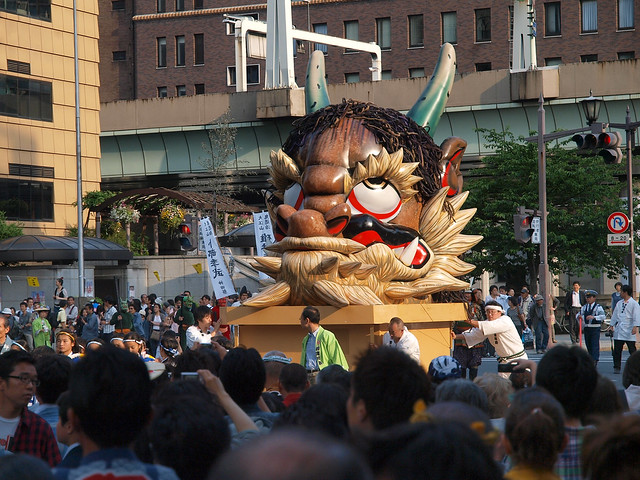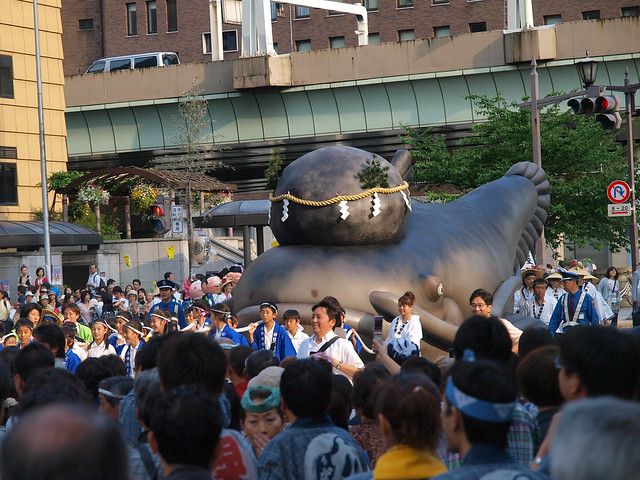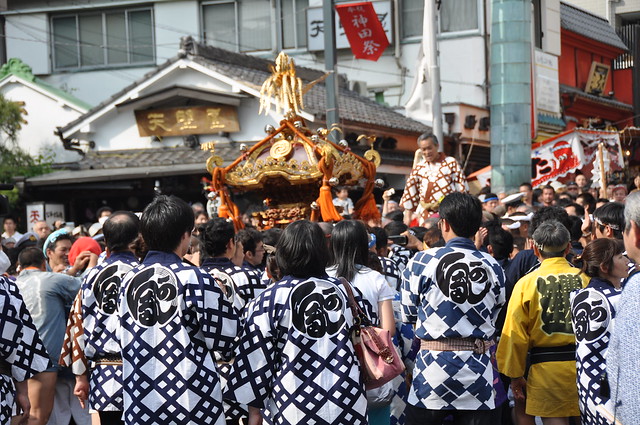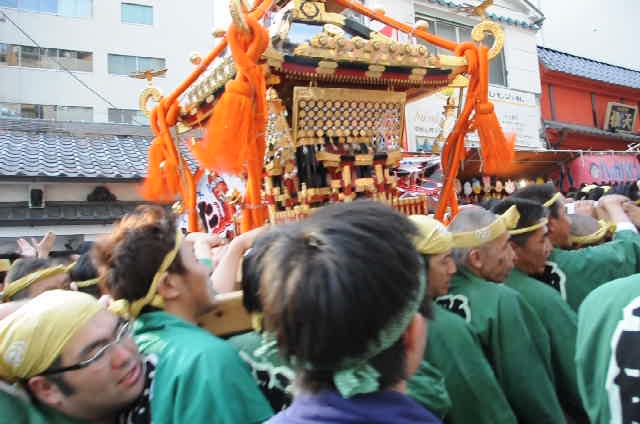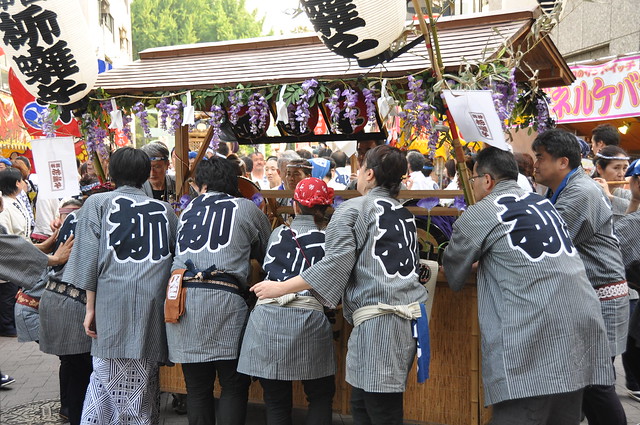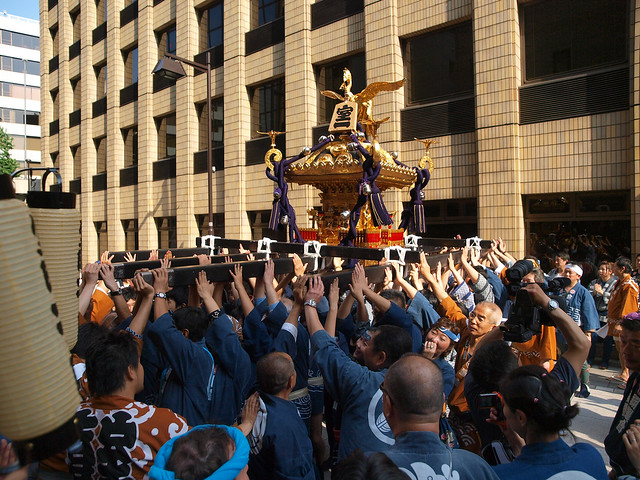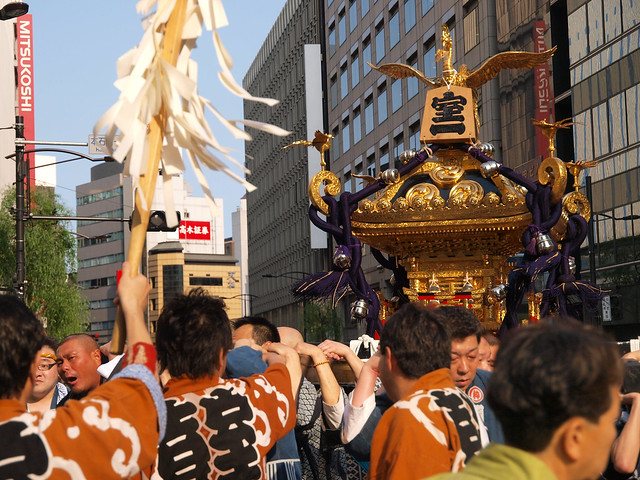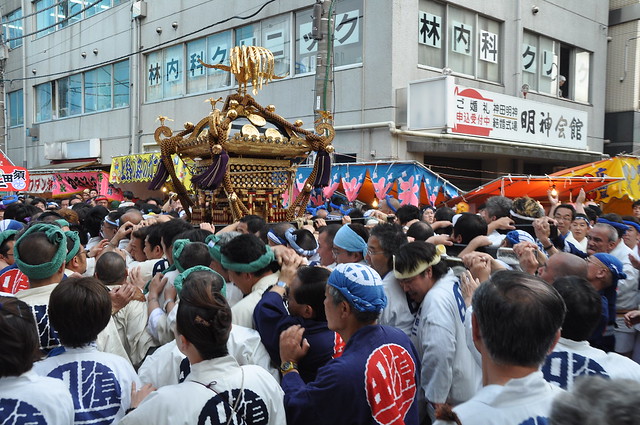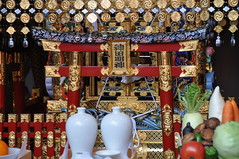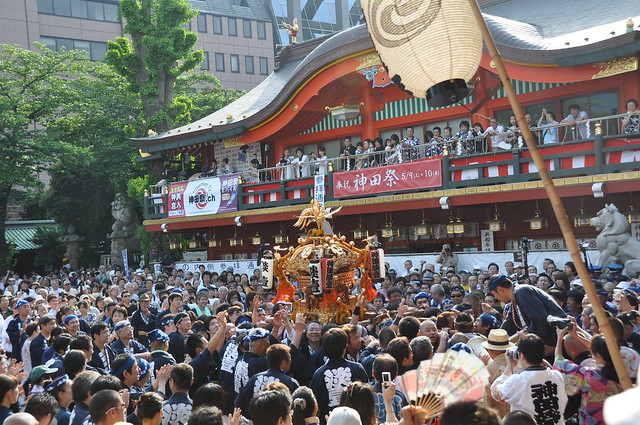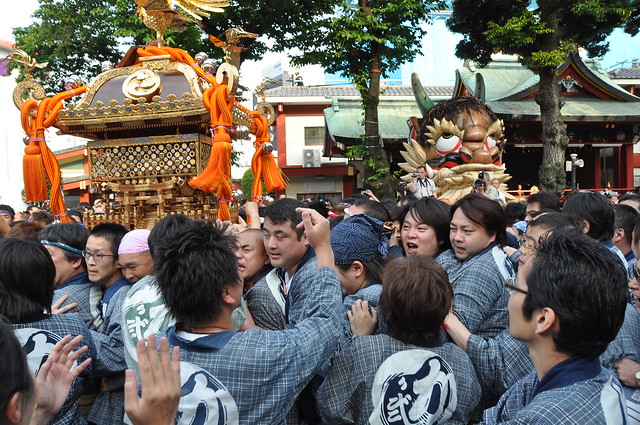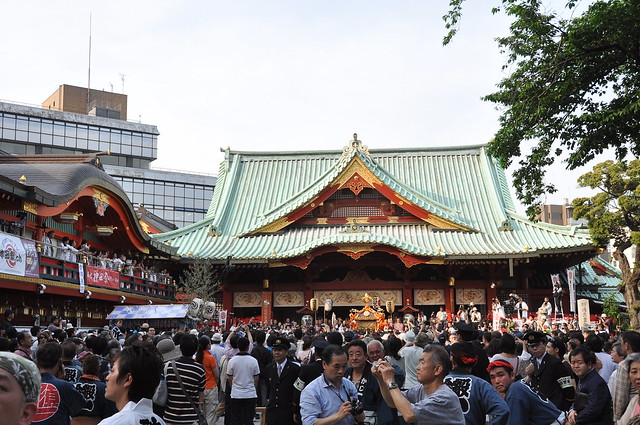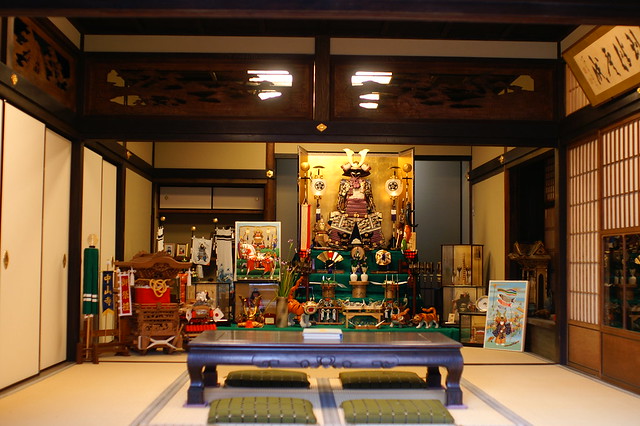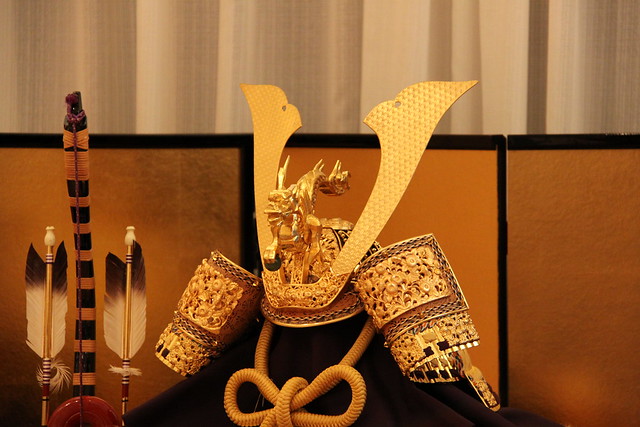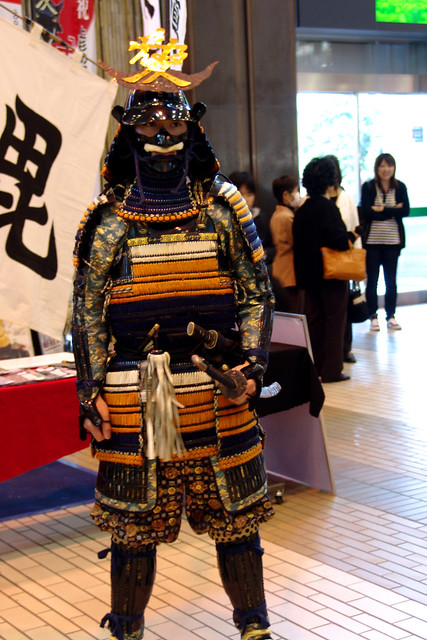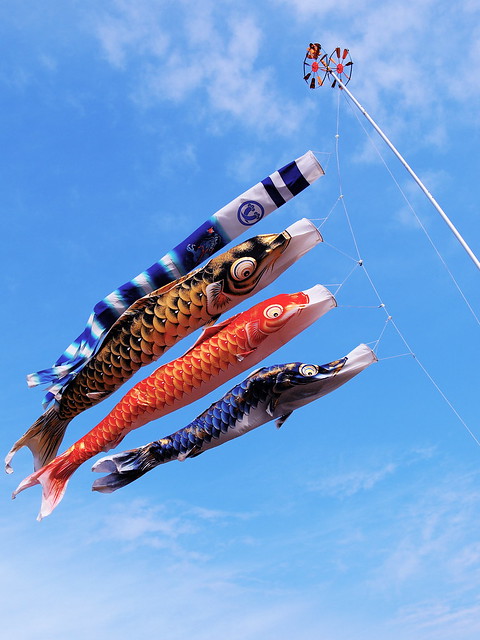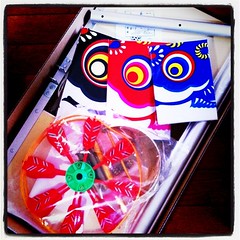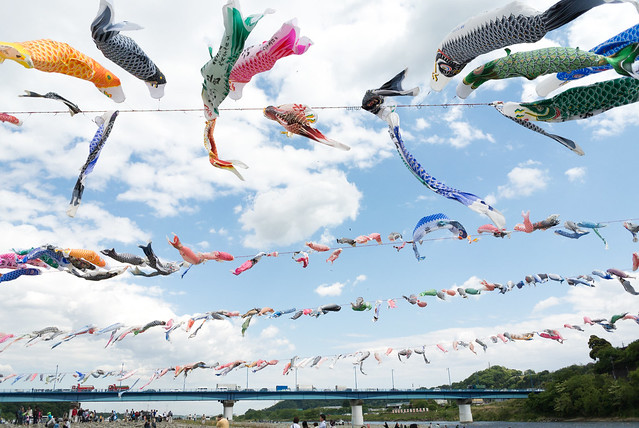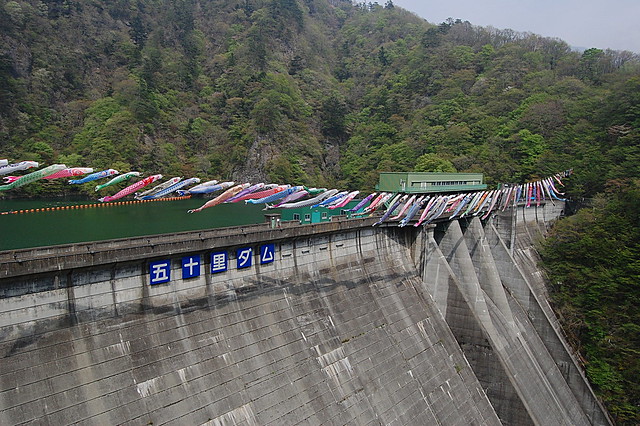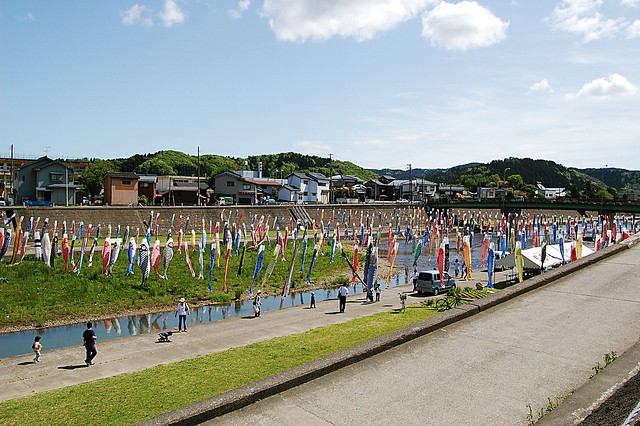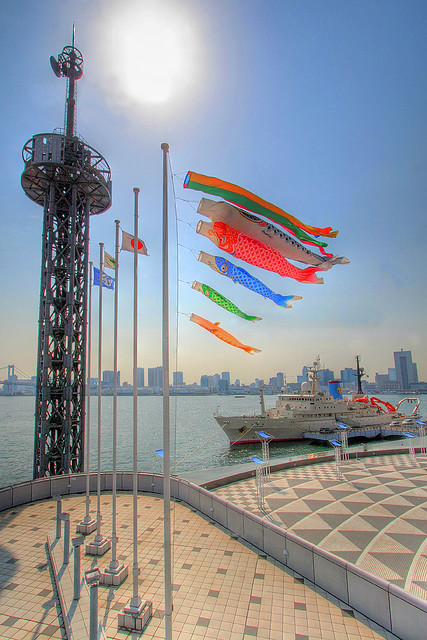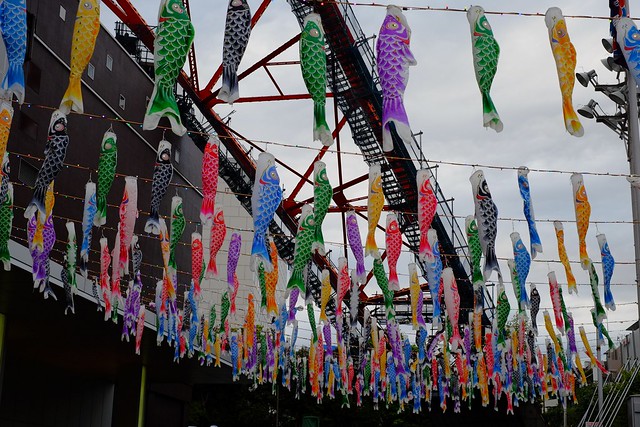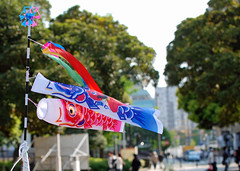On May 14, the Okinawa Meteorological Observatory announced that this year's rainy season had started in Okinawa area.
The Azuma Odori(東をどり) is being held in the Shinbashi Enbujo Theater(新橋演舞場) in Tokyo from May 17th to the 20th. It'a Japanese dance performance performed by geisha of Shinbashi.
Their performances were given for an hour and a half three times a day and the admission is between 7,500 and 2,500 yen. Its tickets are available via the Internet, by phone, at the box office.
Azuma Odori website:
http://www2.odn.ne.jp/shinbashikumiai/ (Japanese version only)
Visitors who have bought tea tickets can enjoy powdered green tea made by geisha at the lobby before the performances and during the intermission. They also sell souvenirs. Visitors can take photos with them.
It started to show their performance to regular patrons of high-class Japanese-style restaurants called ryotei(料亭) in 1925. "Ryotei" sounds too classy.
Now boxed lunches made by six high-class ryotei are available at the theater. (Reservations are necessary.)
Shinbashi geisha dressed in formal kimono (black kimono marked with the family crests) at Kabuki-za Theater
 |
| R0024614 by urasimaru /flickr |
In the Edo Period, Noh actors had been under the aegis of the Tokugawa shogunate. Residences were bestowed on Noh actors of the Konparu school by the shogunate in Ginza. Many masters of Tokiwazu (Theatrical music) also lived around the residences. Shinbashi geisha were said to have started in 1857 when one of them attended drinking parties as a geisha. Shinbashi was the name of a bridge which existed in Ginza, and the area around the bridge was also called Shinbashi.
There were many ochaya(places where geisha entertain their guests) in Shinbashi. There were residences of samurai around Ginza, but they were regarded as uncouth rustics by geisha in Yanagibashi. Shinbashi geisha greeted them. Pivotal members of the New Meiji Government who came from rural areas patronized Shinbashi geisha. They used ryotei for confidential talks between important persons and politicians. Shinbashi geisha entertained them at ryotei. Many of the members married geisha in the Meiji Period.
In recent years, the show has become an introduction to the geisha culture. There were about 1,000 performers including geisha, dancers, singers, shamisen players in the world of the Geisha in Shinbashi at its peak but there are approximately 60 today.
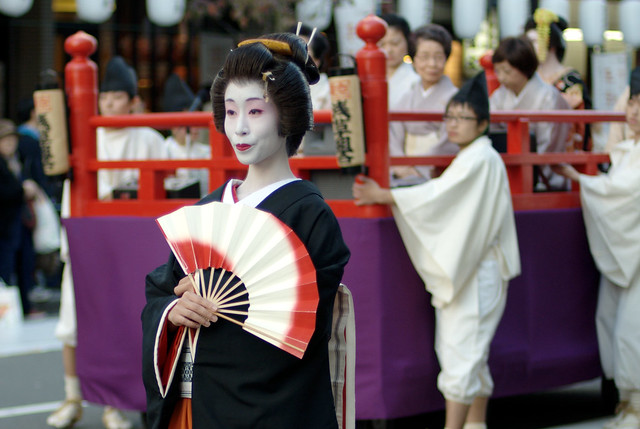 |
| Geisha by wilhelmja /flickr |
